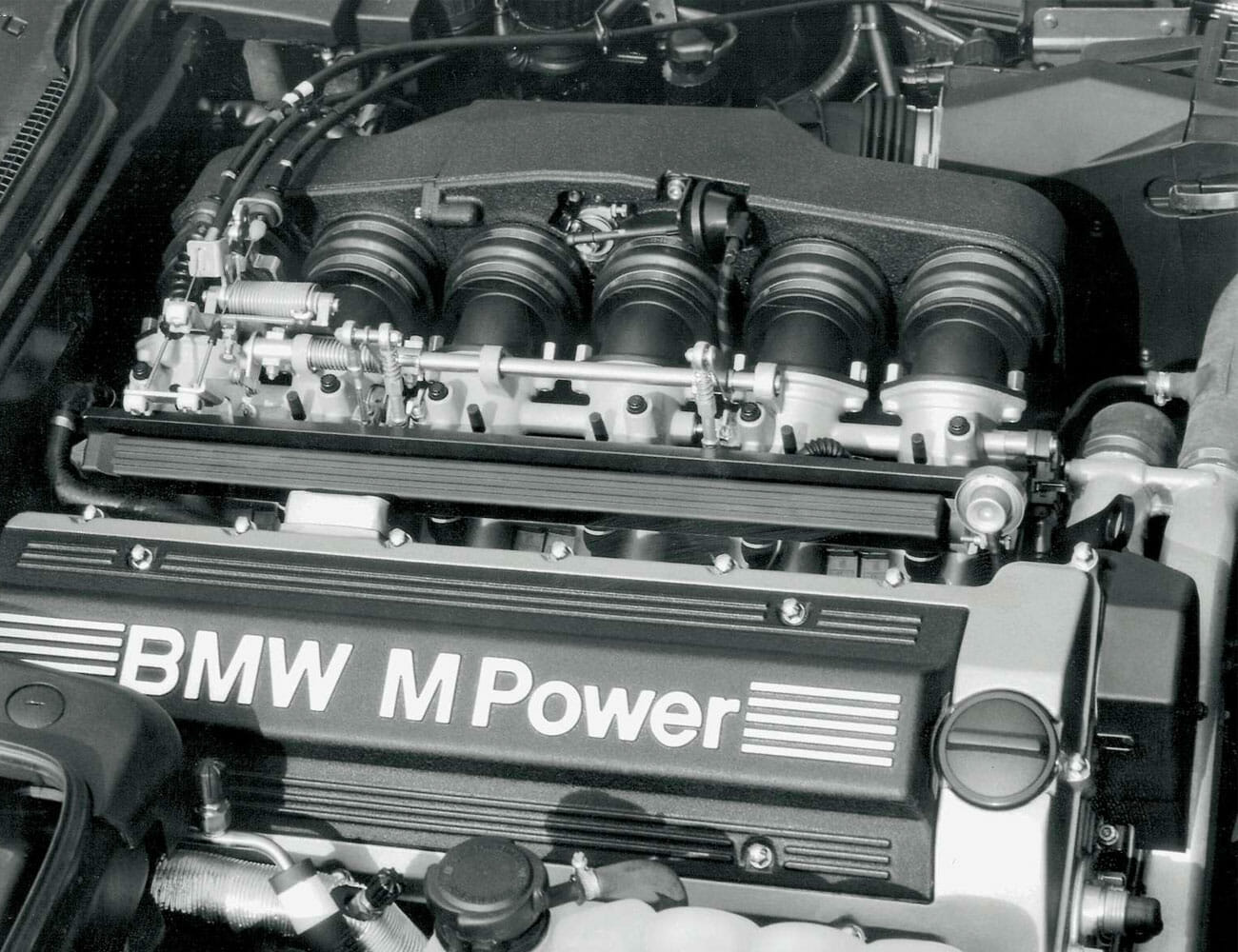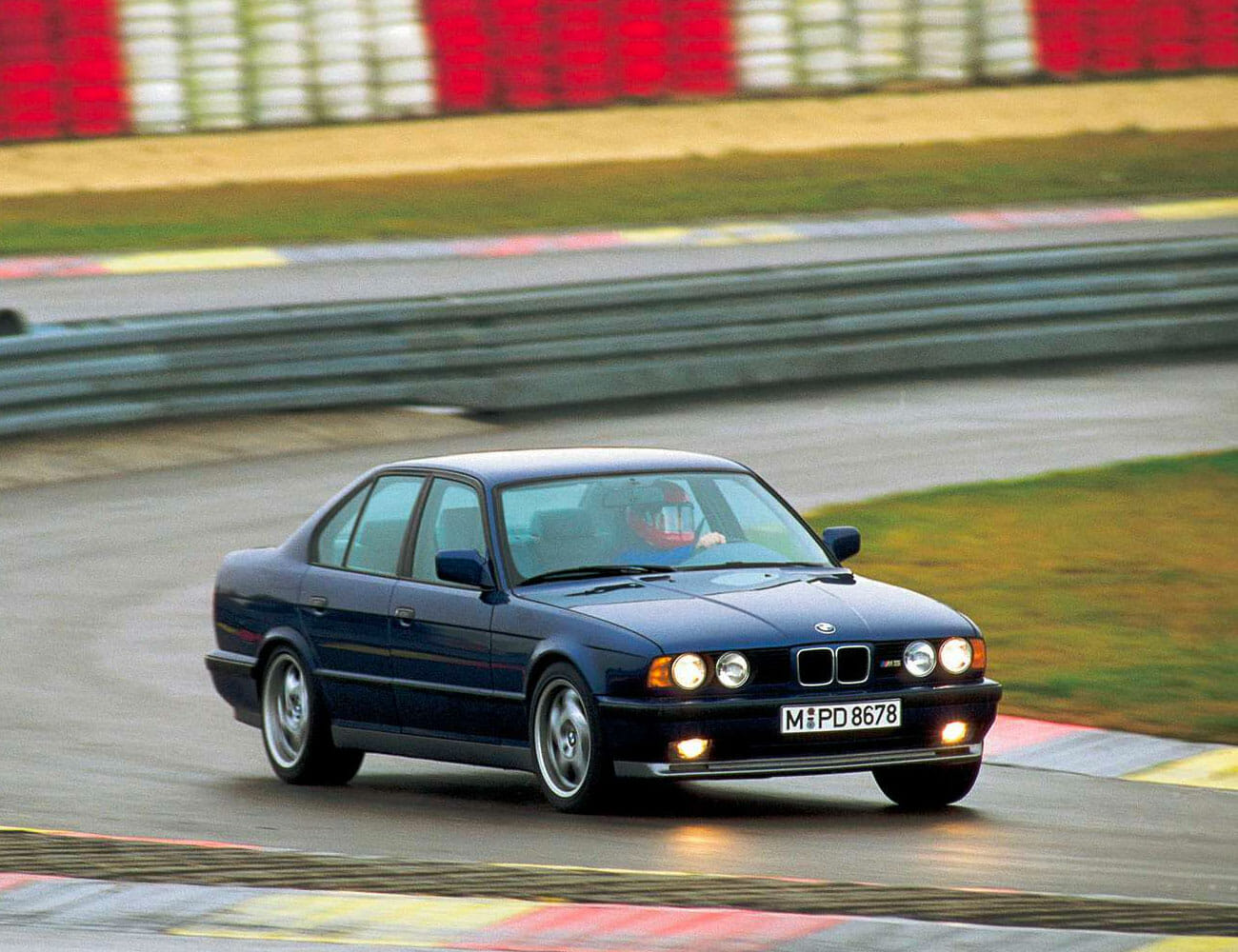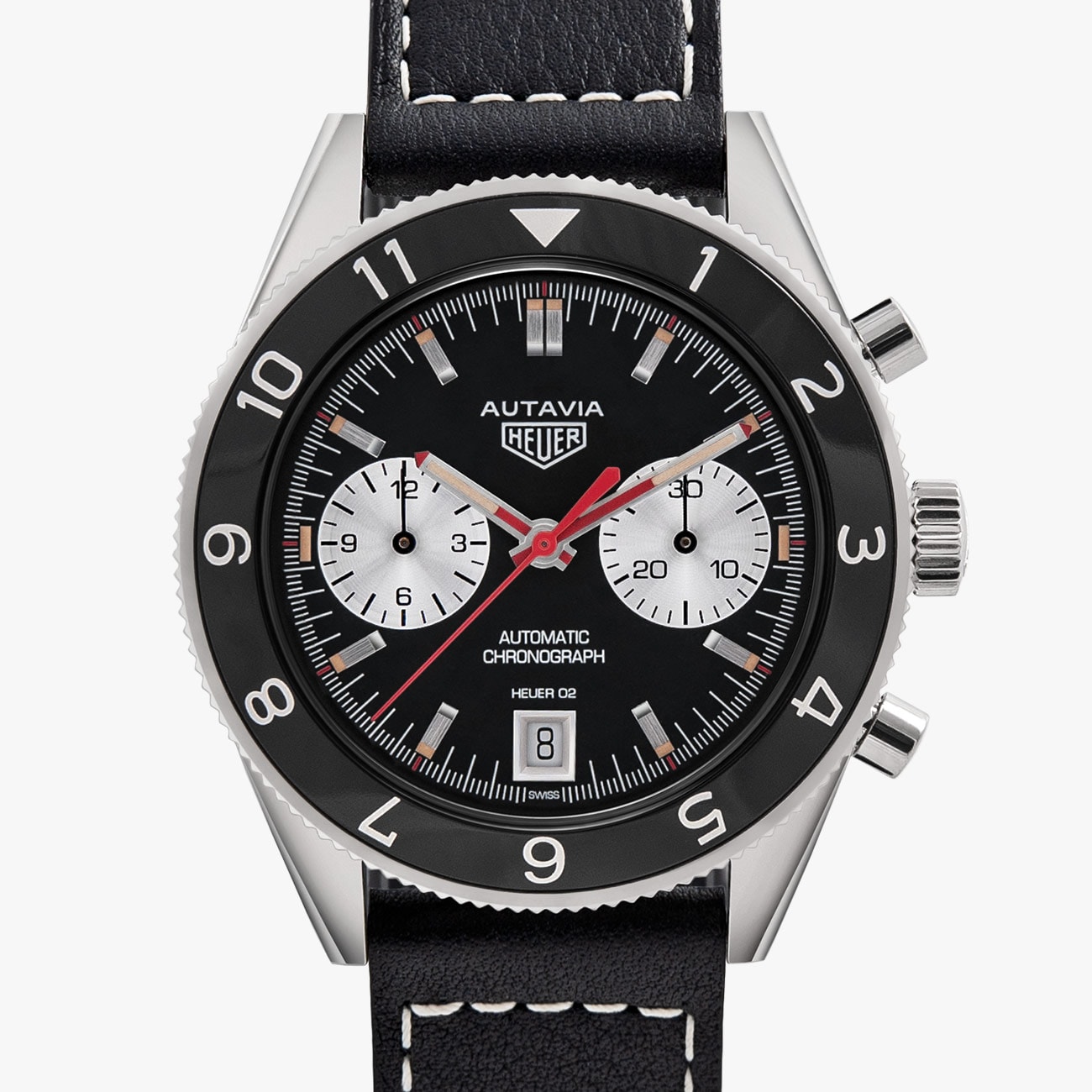Last September, some nut job paid $176,000 for an early 2000s BMW sedan. To be fair, this was an E39 M5 — BMW’s greatest sports sedan, ever — and it had fewer than 500 miles on the clock. But $176,000 is $176,000.
If you’re looking for a Bavarian bargain, consider aiming instead for the forgotten generation of the M5: the E34, produced between 1988 and 1995. For decades, the executive-sized powerhouse has flown under the radar, largely due to the fact that it was iterative, not innovative — an evolution of the original E28 M5. But it was also the last M car assembled by the hands of actual Germans. Today’s BMW performance cars are all put together by machines.
The upshot of all this is that you can buy a certifiable classic M car for well under $20,000. But as with the purchase of any old performance car, there are a few things you should know in advance.
Performance

As an evolution of the E28 platform, the E34 was the second (and last) M5 in the lineup to make power from one of BMW’s vaunted inline-six cylinder engines. The displacement increased from the former car’s 3.5 to 3.6 liters, and it produced about 310 horsepower. It would also churn all the way up to 7,000 rpm.
Power went up, but so did its weight: the E34 packed on roughly 600 pounds. Still, the car managed a 0-60 sprint in 5.9 seconds, bordering on supercar territory at the time.
As heavy as it was, reviews praised the E34’s handling. In 2007, Evo did a retrospective and described the car’s handling: “There’s just a bit of understeer at the limit, and even when you deliberately provoke it the M5 seems happier to adopt small oversteer angles than mighty power-slides … It’s an astonishingly wieldy, nimble car. Only slow steering slightly spoils the picture, but you soon forget about that and revel in the engine’s response and the chassis’ remarkably tweakable balance.”
Core to the car’s fantastic handling was a super modern (for the time) suspension system, comprised of a self-leveling suspension on earlier cars and an Electronic Damping Control system on later cars, a first for the M5. Also aiding handling was a limited-slip differential, receiving power through a five-speed manual and, later, a six-speed gearbox. The result was an extremely-balanced car providing plenty of feedback and power from a rev-happy, motorsport-derived engine but with a soft, luxurious interior.
Problems

Many consider the E34 to be a relatively robust chassis, but it’s still an old BMW, so adjust your expectations on “reliability” and set some money aside for maintenance and repairs. The car’s electronic dampening system, for example, can have electronic glitches or malfunctioning actuators. Similarly, the self-leveling suspension on earlier models can leak; many owners often chose to simply replace this with conventional spring suspension.
The S38 engine that powers the E34 is considered by many enthusiasts to be a gem of an engine, as long as it’s taken care of properly. Make sure the seller has a comprehensive service history and up to date with maintenance records. Valvetrain and timing chain adjustments are some of the most common jobs on these engines, and they’re also expensive to do. And, s with any older car, check for rust. The big problem area on the E34 chassis was at the bottom of the doors, where water gets trapped by the trim.
Different Versions

BMW continued to update the E34 M5 through its production run, so later models tend to have the more desirable features. The self-leveling suspension, for example, yielded to the Electronic Damping Control system in 1991, while the 3.6-liter engine was upgraded to a higher-output 3.8-liter unit for the 1992 model year. Manual-equipped cars came with five-speed transmissions until 1994. Pricing varies based on year and condition, but expect to pay somewhere between $15,000 and $25,000 for a nice example of any of these.
If you want something a bit more special than what we got in the U.S., though, turn to Europe where the engines had a higher power output. What’s more, there were several hundred Touring wagons made, though they tack on a hefty premium. You can also look for any one of the few European special editions, including the lightweight Winkelhock Edition, or the super rare Touring Elekta. Both of these will be admittedly very expensive, given that one of that latter recently sold on Bring a Trailer for $120,500.
Most watches have some sort of heritage built into them. But the TAG Heuer Autavia 1972 Re-Edition has more than most. The name Autavia comes from TAG Heurer’s history in auto racing and aviation — “AUT” from “auto” and “AVIA” from “aviation.” The 42mm 1972 Re-Edition is fashioned after the iconic 1972 Heuer Autavia 1163V Viceroy but contains modern updates like a two-register dial layout, a sapphire case back and a date window at 6 o’clock. This modern automatic chronograph update is a commendable addition to the Autavia family. Learn More: Here


